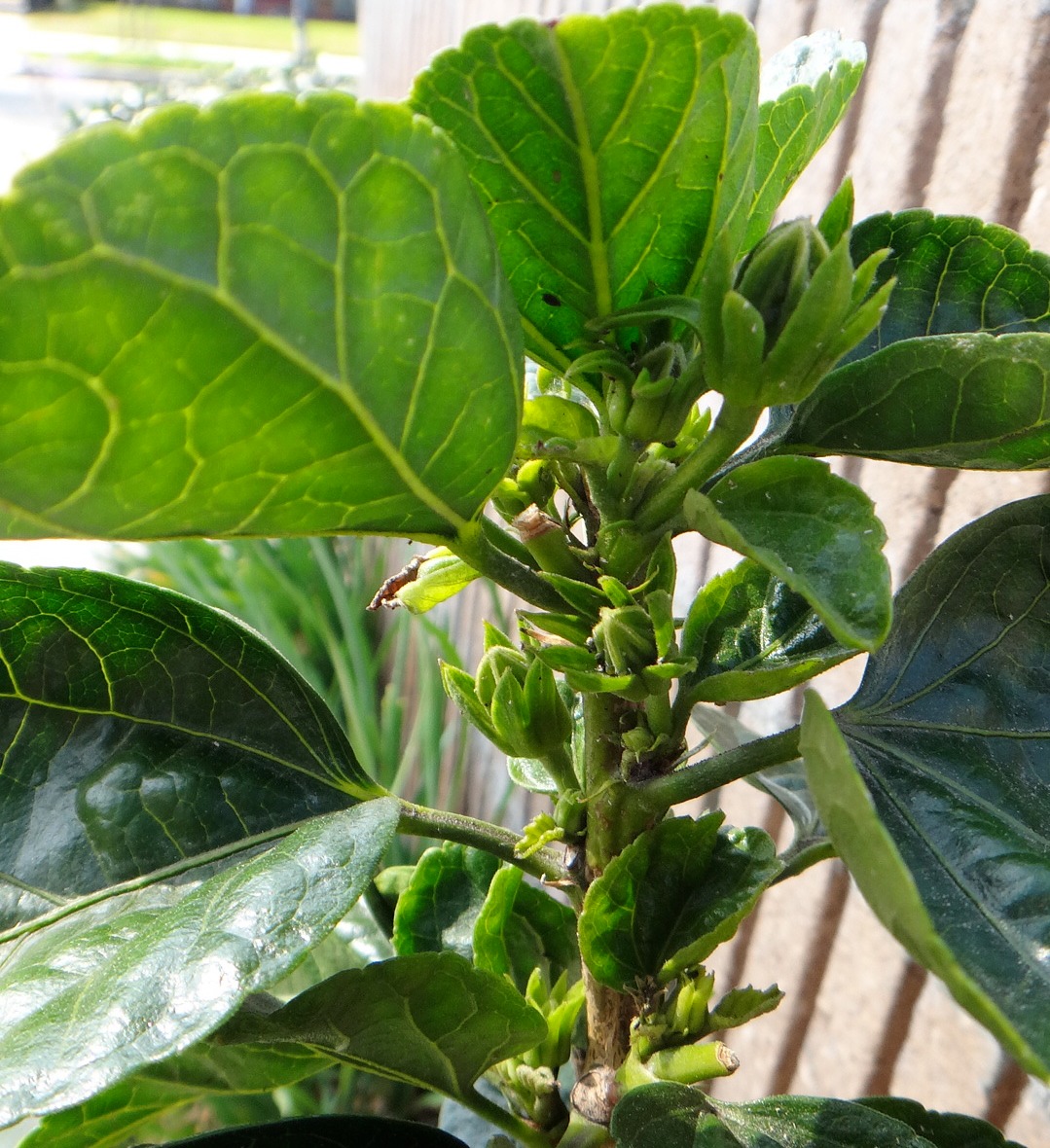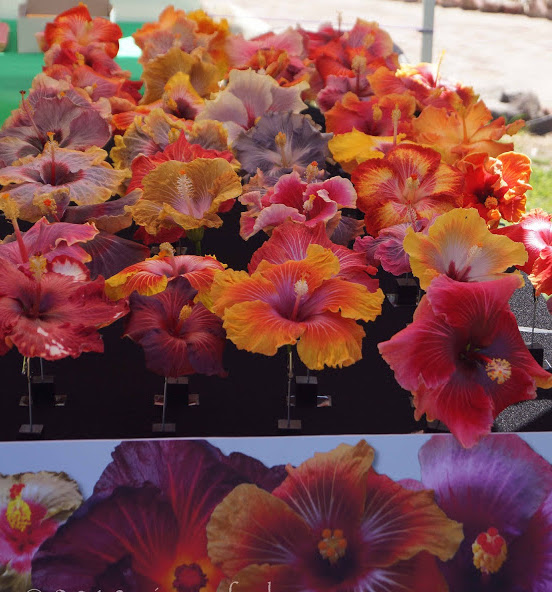Those Confused Hibiscus Plants! Your Guide to Drastic Weather Changes
Are you now seeing lots of yellow leaves on your hibiscus all of a sudden in the middle of winter? Or maybe your plants look great now but the forecast is summer in the middle of winter? Don’t be alarmed – this is actually to be expected in So Cal as we seem to get some impressive blocking high pressure systems during winter resulting in summer-like hot weather. But unfortunately one of the things hibiscus do not tolerate well is dramatic swings in the weather and temperatures. Let’s review what happened:
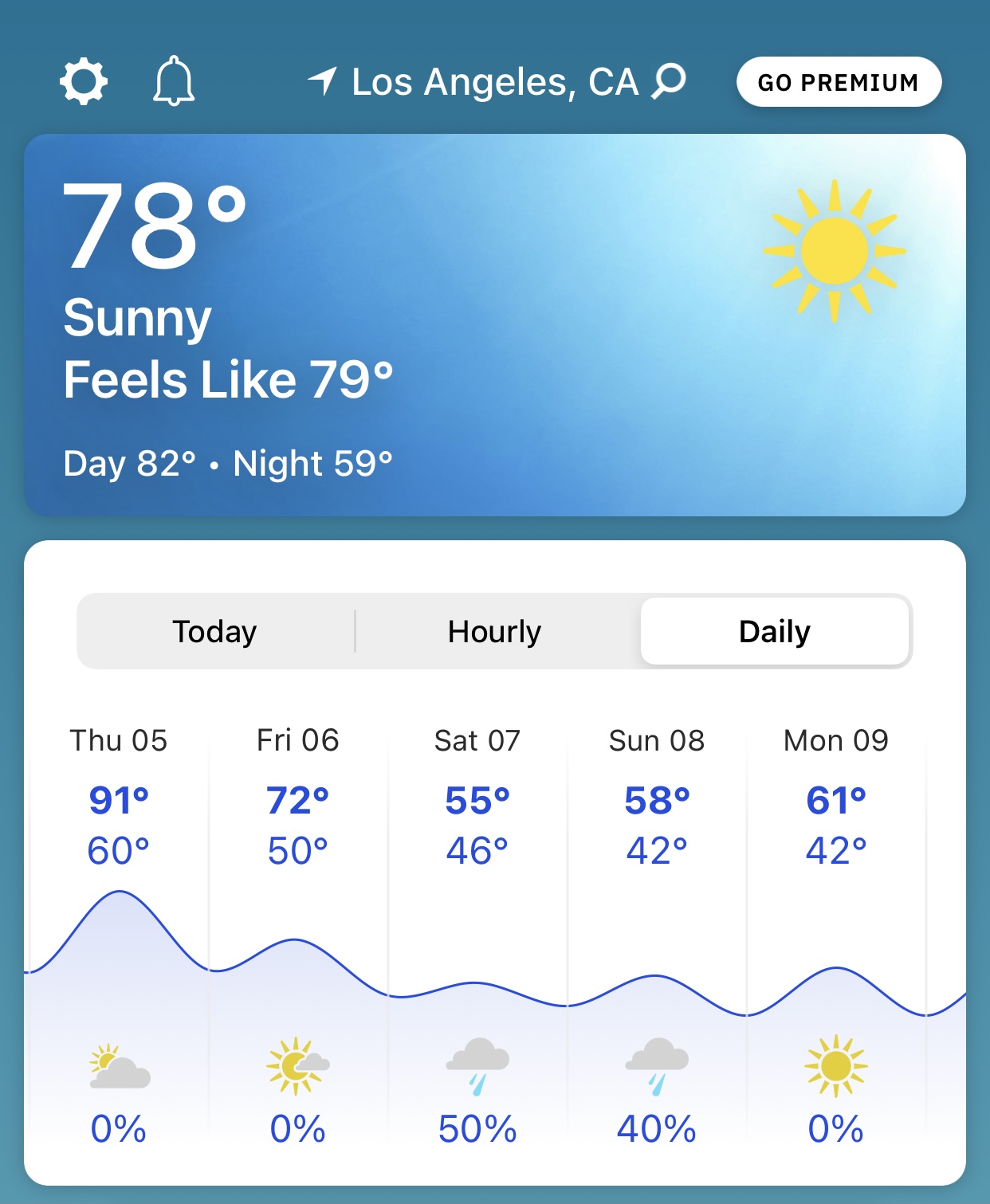
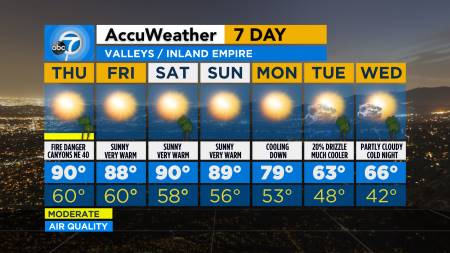
That is a crazy and drastic shift in both the temperatures as well as the weather. Nothing new for Southern California as we typically go for months with one weather pattern and then all of a sudden it can shift with lightning speed in just a few days. It can go from summer to winter in just a couple days and from bone dry for months to strong rain events too. For plants like hibiscus that are built for tropical climates that see little variation in weather patterns and temperatures this is hard on them. Remember they are built for very warm and humid conditions everyday throughout the year as their origins for many millennia are tropical regions with volcanic soils that drain fast even after very heavy rains.
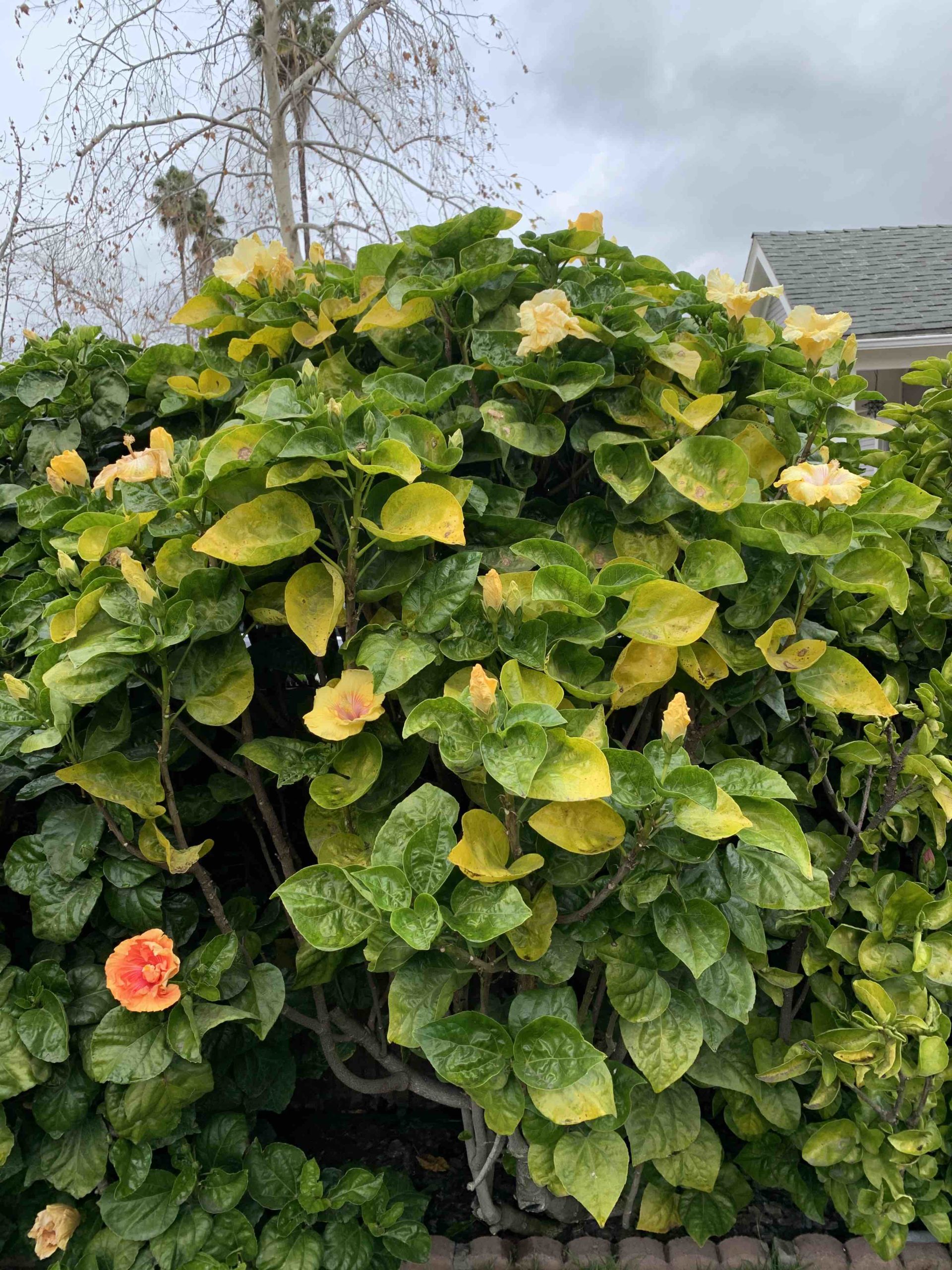
So after we had several days of temperatures near 90F or higher in So Cal our hibiscus plants which have been living in slow motion for the past two months due to the colder nighttime temperatures typical for this time of year woke up and suddenly. The burst of heat energy and more mild nights we had made them think it is now spring and time to start dropping last year’s leaves and start growing new ones. Not only that but hibiscus are smart and want to be efficient so when they sense hot direct sunlight they realize they can get the heat energy they need without as many leaves so there is a second reinforcing reason for them to yellow and drop even more leaves. I wonderful double whammy for your lush, green bushes. For hibiscus not in direct sunlight you will notice they don’t do this after heatwaves or drastic upswings in temperatures, without direct sunlight they still need lots of leaves to photosynthesize. Thus lots of yellow leaves start to show up a couple weeks on your sun bathed hibiscus after our winter heatwave.
Keep in mind that some varieties will yellow and drop leaves much more quickly compared to others. Also some varieties will drop leaves first before growing out new leaves so they will look like stick skeletons with just mostly top leaves. Other varieties will simultaneously start growing out baby new leaves or even branches (yeah!) while yellowing older leaves. The biggest drawback to this entire process is that many times your hibiscus will end up producing new growth at the branch ends which is where the new leaves are more likely to grow out. This will result in a “leggy” looking hibiscus plant which means not much leaves on the bottom or middle and a lot on top including new branches. So Mother Nature is forcing you to now consider pruning your hibiscus down to encourage new growth down low that will reproduce a symmetrical, lush bush from the ground up.
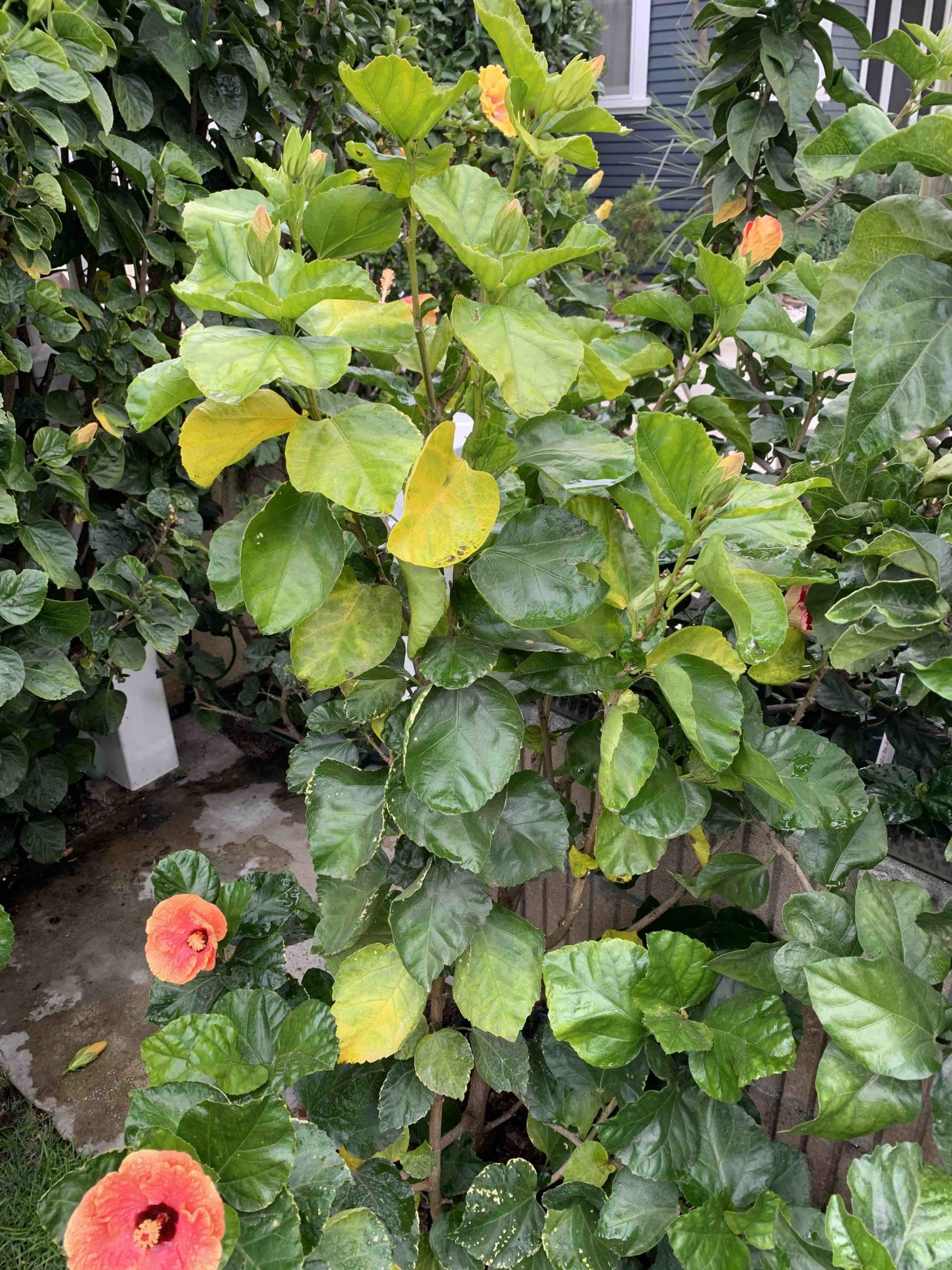
So be prepared to see baby leaves sprouting up under the old large leaves of last year. Some hibiscus like to lose their leaves first before popping out those new baby leaves so don’t be surprised if some plants start to look a bit barren.
Now let’s talk about the confusion part. The hard part about this mid winter or early spring growth spurt is it won’t last. If the weather pattern dramatically shifts back into winter mode which at this time of year is very likely your hibiscus will get confused and shut down again. The good news is that means if we are in a drought we might be getting some much needed rain! So don’t panic over the yellow leaves, nothing is wrong with your hibiscus plants. Just remove the leaves as you see fit and be patient. Your hibiscus will slow down again and go back into slow motion mode until the next change in our weather pattern. The quick hit of heat is good for them but at the same time it does confuse them and their owners a bit. Just remember that when we do finally get into our spring weather pattern that you should expect lots of yellow leaves and that is a good thing. Look for new baby leaves under last year’s leaves as well as new leaves and buds at the branch tips.
It is important to remember that every spring your hibiscus plants will drop last years’ leaves for new ones. They do this every year but the frustrating part is if our weather goes back and forth a lot during that changeover from winter to spring which can take months your hibiscus will keep dropping leaves. Every time they sense the weather warming up a lot they will start this process. If the weather swings back to colder more winter like conditions they will stop dropping leaves and slow down again. But if it starts up again they will start yellowing and dropping leaves once again. If this happens several times or more your hibiscus can lose a lot of their leaves until spring finally takes over for good. The big downside to this is they will even yellow and drop the new leaves they are growing out too. So that is a lot of picking off yellow leaves for multiple stretches. This makes watering them really tricky as they shift back and forth. Let those top leaves guide you – pale and veiny back off. Also keep in mind what happened around 2 weeks before to gauge where they are headed.
But with Southern California there is one more weather factor that can make this process even more frustrating: May Grey & June Gloom. Typically these two months for So Cal are our coolest as we can have multiple weeks in a row of cloudy days without any decent heat. Yes the nights are warmer too so that is good but your hibiscus won’t get that consistent heat hit they need to really get going and into their happy mode. So on average here in So Cal our hibiscus don’t really get going strongly again until mid to late June. Sometimes not until mid July when we get our first summer heatwaves. So the lesson here is patience. Patience is the number one most important growing skill to have when growing hibiscus in Southern California. It can take months for your plants to get the right weather conditions again and really start to do their thing. In the meantime follow the golden rule: What you see now was caused by inputs (including the weather) from 2-3 weeks ago. Watering them should follow that closely especially in pots.
It is important to keep in mind that your hibiscus plant’s metabolism is significantly slower during the winter months. So it might take more than 2 weeks to see the effects of inputs. I know for my hibiscus it took a little more than 2 weeks to see the full extent of the yellow leaves and the plants that were in the most direct sunlight got the most yellow leaves. In summer after heatwaves you can see yellow leaves show up in as little as 3-4 days after the event since their metabolism is much faster then.
Finally it is best to back off on watering with any stronger rain events we might have. If we get a lot of rain – for instance we got 10″ in mid to late December 2021 that can wash away all the fertilizer in the soil leaving your plant with lots of water only. You might notice your hibiscus look even better after the rain which is typical. We theorize that as the rain drops through the atmosphere it become more oxygenated which hibiscus roots enjoy the extra air in the wet soil. Plus your hibiscus are getting all cleaned off after months of brush fire ash and smoke, dust and dirt accumulations from many months without precipitation. Now you have to keep in mind you will need to add back in the fertilizer to your depleted soil over the next few months. The good news is we recommend feeding your hibiscus every time you water them (unless heatwaves over 100F) but if there are more rain events that can delay this process from happening. Again patience!
Give it a couple weeks and watch the top leaves of the branches to see if they start to get pale and veiny. If they do that is a reaction to rain events. That is you hibiscus plants’ way of saying it doesn’t have enough air in the soil so don’t you dare give me any more water for a while. Depending on the type of soil you have and if your hibiscus is in shade or direct sunlight you might not end up watering it for a couple months. Yes a couple of months especially for in ground ones where the soil got heavily saturated and don’t get a lot of sunlight each day.
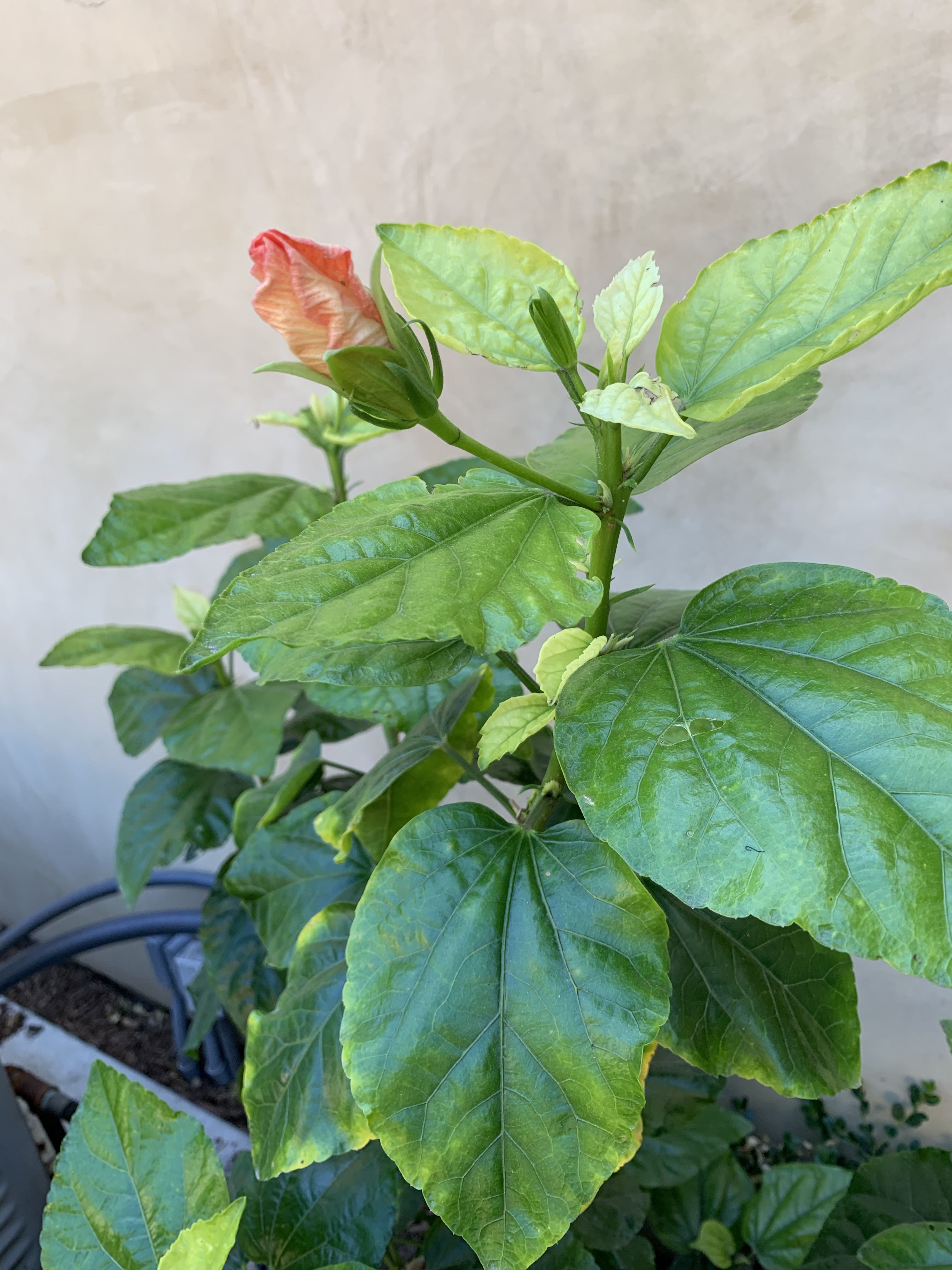
If you have any further questions or need help please check out our Pro Grower’s Section which is filled with tons of helpful growing information. You can also contact us through our Contact Page or email us at: socalhibiscussociety@gmail.com
We wish you and your loved ones a safe and healthy year. May your days be green and colorful!
The SCHS Crew

